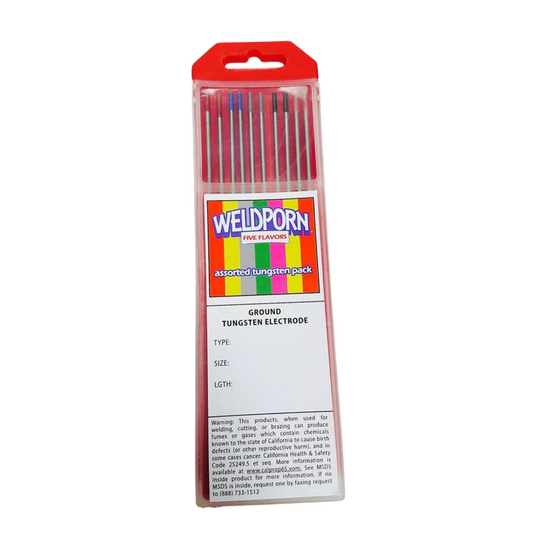TIG welding thin metal, also known as “micro-TIG” in some circles, is a particularly difficult application for a TIG welder. There are a lot of things that can go wrong when you’re working with thin metal that may simply melt while you’re working on it. When you’ve turned your work piece into a puddle of metal, regrinding isn’t going to help you out all that much. Here are 5 tips for effectively TIG welding thin metal:
Practice In Order to TIG Weld Thin Metal
You can only plan for so much when you’re working on thin metal with a TIG welder. There are a lot of factors to consider – from your technique, to your settings, to your foot pedal, to your filler metal. The only way to effectively TIG weld thin metal is to begin with a bunch of practice pieces. It may also help to write down the best settings when you are successful.
Use a Pedal to Weld Thin Metal with the Right Power
One of the advantages of a TIG welder is the foot pedal you can use to regulate your heat output. Between the low power settings that a TIG welder offers and the versatility of a heat pedal, it’s much easier to weld thin metals such as thin steel or aluminum with a TIG welder as opposed to a MIG welder.
Grind Your Tungsten to a Fine Tip to Weld Thin Metal
An erratic arc can be especially problematic when you’re welding a thin piece of metal with a small weld joint. After cleaning your metal with acetone and removing any residue from the surface, grind your tungsten electrode to a fine tip like a pencil. When you grind your electrode, the wheel should not be perpendicular with the electrode. The tip of the electrode should be pointed toward the front of the wheel so that it grinds along the length of the electrode.
TIG Weld Thin Metal with Smaller Filler Metal
The filler metal can make or literally break a thin TIG welding project. The hardness of the filler metal and its size will be significant factors. Filler rods in the .005 to .020 inch diameter range will be ideal for micro-TIG, as too much filler metal will distribute too much heat and distort your metal work piece.
A Heat Sink Helps You TIG Weld Thin Metal
A heat sink is a piece of metal (sometimes copper) that you can put underneath your work piece in order to absorb some of the excess heat. Some welders suggest that using a heat sink in the first place is an indicator that you’re doing something wrong. However, if you’re new to TIG welding thin metal, a heat sink may be a good way to provide yourself a safe guard while you’re figuring out your settings.
TIG welding allows you to weld a wide variety of metals of various sizes and thicknesses. When it’s time to weld thin metal, TIG welding is certainly one of the best options available, but you’ll need to practice quite a bit before mastering it.



